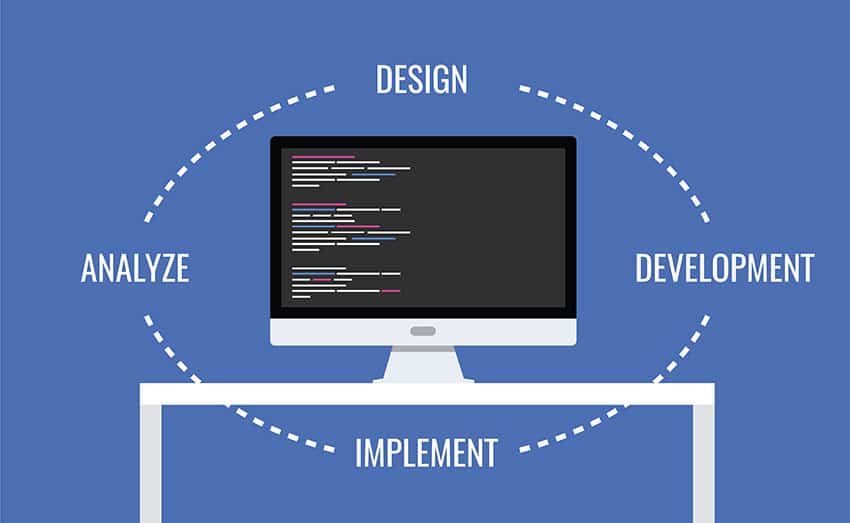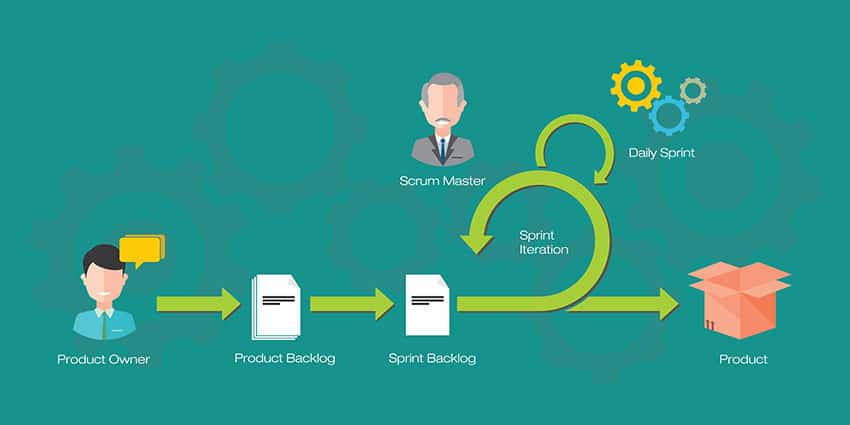Consistently achieving predictable outcomes, particularly when it comes to a company’s workflow and/or processes, is one of the most desired goals in lean management.
Why, you ask? Generally, predictability within this context is a sign that your organization’s workforce and processes are standardized and efficient. Both workflows are operating reliably and delivering consistently without major delays or hiccups.
To give you some context, here’s a more tangible example: a predictable outcomes could be that it always takes ABC Co. 35 days from start to finish to create and ship one unit of widgets.
Achieving predictable outcomes also means business leaders and/or the sales team can confidently make promises to customers on delivery times and know their colleagues will fulfill on that guarantee.
So how can business leaders move toward achieving predictability? Here are a couple of ways you can nail it with your team.
Monitor Performance
This may sound like common sense, but it’s an often-neglected part of the process. Paying close to predictability metrics is a sure way to see where your organization and processes stand, help you set performance benchmarks and establish some goals to achieve real results.
But what are some of the metrics your organization should be using? One way to measure performance is via a process control chart, which tracks cycle time and how consistently teams are completing tasks/projects. This kind of chart can indicate lags in lead time on finishing a project and where tasks aren’t being completed consistently or in a timely manner.
This chart can also allow you to confidently guarantee a consistent delivery date for a project or product. For example, it will show that your team delivers a project in 30 days 75 per cent of the time. So rather than crossing your fingers and making guesses on delivery dates for customers, you can confidently guarantee delivery within a certain timeline — leading again to a more predictable outcome.
Reliable, fact-based metrics provide more than raw data — they can also lead to actionable insights to help you tighten those workflows and work smarter rather than harder.
Focus on Continuous Improvement
As we mentioned in our previous post, the lean principle of continuous improvement is a crucial concept to integrate across your organization. Getting employee buy-in on this idea means that the entire organization is working toward making small, incremental improvements to their efforts and the overall workflow.
While it’s most well known for being applied in manufacturing industries, the kaizen concept can be applied to any type of work across any industry. And furthermore, a workplace that truly practices lean management ensures that continuous improvement isn’t just a management initiative — it’s a concept carried out by every worker in an organization.
That means closely examining individual worker performances as well as the overall performance of the organization and making note of where improvements can be made.
This boost in productivity and streamlining of processes often results in shorter lead times. Capitalize on the efficiency and work toward keeping the shorter lead times the new standard for delivery.






